Your Joints Are Your Foundation. Let's Protect Them
You feel that ache in your shoulder during bench press. Your knees complain on heavy squat days. This joint pain is not a badge of honor. It is a warning sign. Ignoring it can sideline you for weeks or even months.
The good news? Pain is not inevitable. You can build impressive strength while safeguarding your joints. This guide gives you the tools to train smarter, not just harder. Let's preserve your ability to lift for a lifetime.
Master These Form Fundamentals First
A perfect technique is your first and best defence against joint stress. Never sacrifice form for a heavier weight.
Bench Press with Proper Arch
Retract your shoulder blades before unracking the bar. This creates a stable upper back arch. It protects your shoulders and helps you lift more weight. Your bar path should not be straight up and down. Lower the bar to your mid-sternum in a slight diagonal line.
Squat with Controlled Depth
Avoid bouncing at the bottom of your squat. This places massive shear force on your knees. Instead, maintain tension and control throughout the movement.
Avoid Locking Out
Never fully lock your elbows or knees at the top of a movement. This transfers the load from your muscle directly to the joint. Always maintain a slight, soft bend.
If you find that you're struggling to lift and your posture and form are collapsing, it's time to take a step back and adjust your weight load.
Apply Smart Training Programming
How you train is as important as what you train. Intelligent programming prevents overuse and supports recovery.
Never Skip Your Warm-Up
A cold joint is a vulnerable joint. Dedicate 10 minutes to a dynamic warm-up. This increases blood flow and lubricates your joints. Use dynamic stretches that mimic your upcoming lifts.
Vary Your Rep Ranges
Research shows that mixing rep ranges helps build resilient joints. A 2024 study on knee osteoarthritis found that low-rep, heavy training was more effective for improving strength and function compared to high-rep, light training. Don't fear heavy weights. Just respect them.
Prioritise Recovery
Growth happens when you rest. Overtraining is a fast track to inflamed joints and tendinitis. Ensure you get enough sleep and schedule deload weeks to prevent overtraining.
Use Supportive Gear the Right Way
The right equipment doesn't replace good form. It enhances it and adds a layer of protection.
- Wrist Wraps for Heavy Pressing: Use wrist wraps for your heaviest sets on bench and overhead press. They provide compression and keep your wrists in a safe, neutral position. This prevents strain on the delicate joints of the wrist.

- Knee Sleeves for Squats and Lifts: Knee sleeves keep the joint warm and provide valuable proprioceptive feedback, helping to enhance performance and overall stability.Body Reapers brings precision to your knees with orthopedic-created sleeves designed to support every rep. Developed by a physician who understands the science of movement, they improve blood flow, reduce stiffness, and give you the confidence to push harder in every workout.

Ready to Train with Confidence? Your gear should be as reliable as your training ethic. Body Reapers offers professionally designed Wrist Wraps and Knee Sleeves to provide the stability and support your joints need. Discover our durable, high-performance gear designed to help you train harder and safer.
Make These Joint-Friendly Training Adjustments
Small changes in your routine can make a significant difference between joints that feel normal and those that don't.
Stop Bouncing
Using momentum to complete a rep means the weight is too heavy. It also places your joints in a compromised position. Control the weight for the entire repetition.
Try Landmine Exercises
Landmine movements are excellent for joint health. The barbell is anchored, creating a fixed arc of motion. This is a safer alternative for your shoulders and lower back. Exercises like the landmine press or landmine squat reduce direct impact on your joints.
Listen to Your Body
Distinguish between muscle fatigue and sharp, stabbing joint pain. If you feel the latter, stop the exercise immediately. No pain, no gain is a dangerous myth when it comes to your joints.
Your Long-Term Strength Depends on Healthy Joints
Protecting your joints is not about being cautious. It is about being smart. By mastering your form, programming wisely, and using the right gear, you build a body that lasts. You can push your limits without crossing the line into injury.
Your Journey to Pain-Free Lifting Starts Now:
- Audit Your Form: On your next lift, record a set and check your technique. Are your shoulders retracted? Are you avoiding a lockout?
- Invest in Your Foundation: Your long-term progress depends on the health of your joints.
You don't have to train in pain. Equip yourself with the knowledge and gear to lift for life, Doctor-Built and Athlete-Approved. Visit Body Reapers today to explore our full range of supportive lifting equipment, from wrist wraps to knee sleeves, and train with the confidence that your joints are protected.
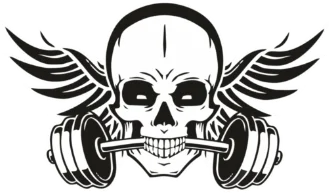
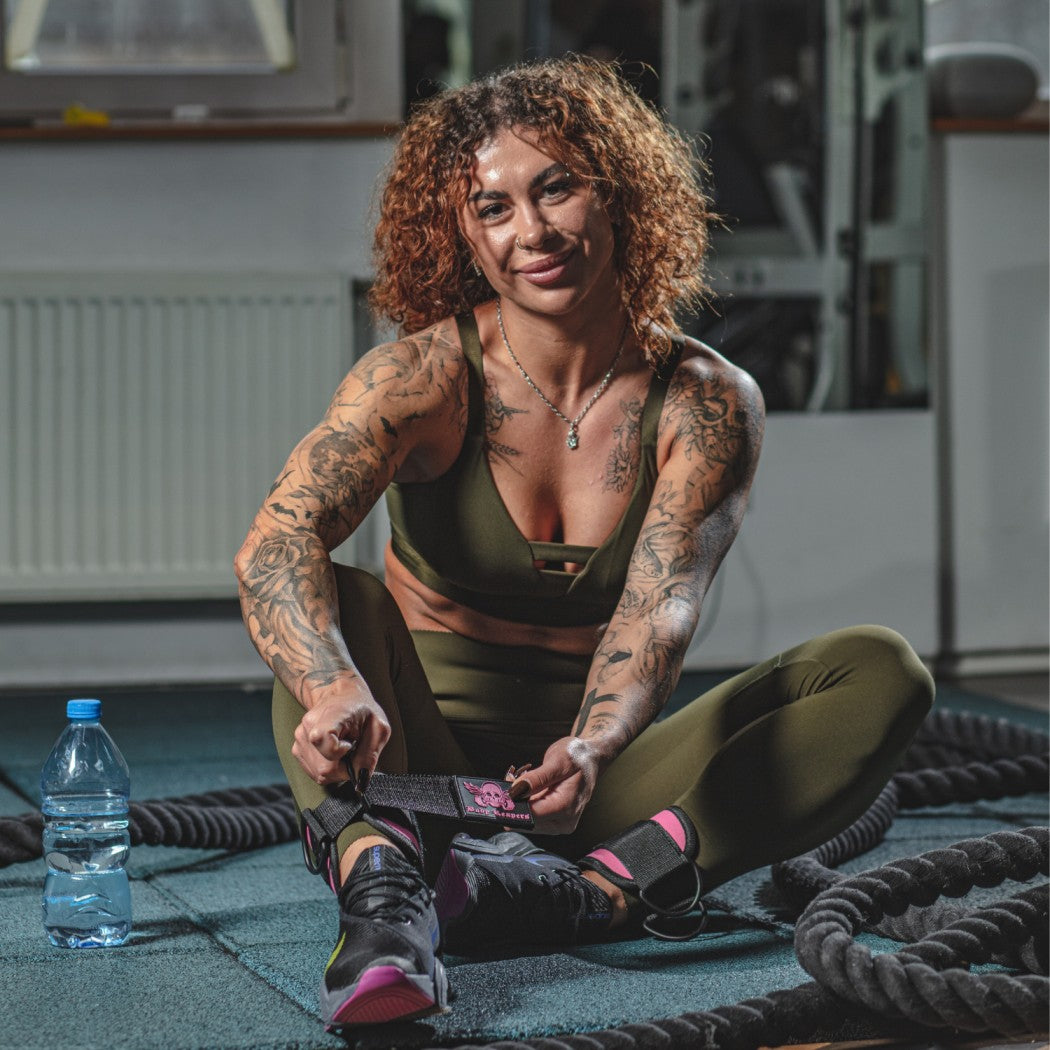
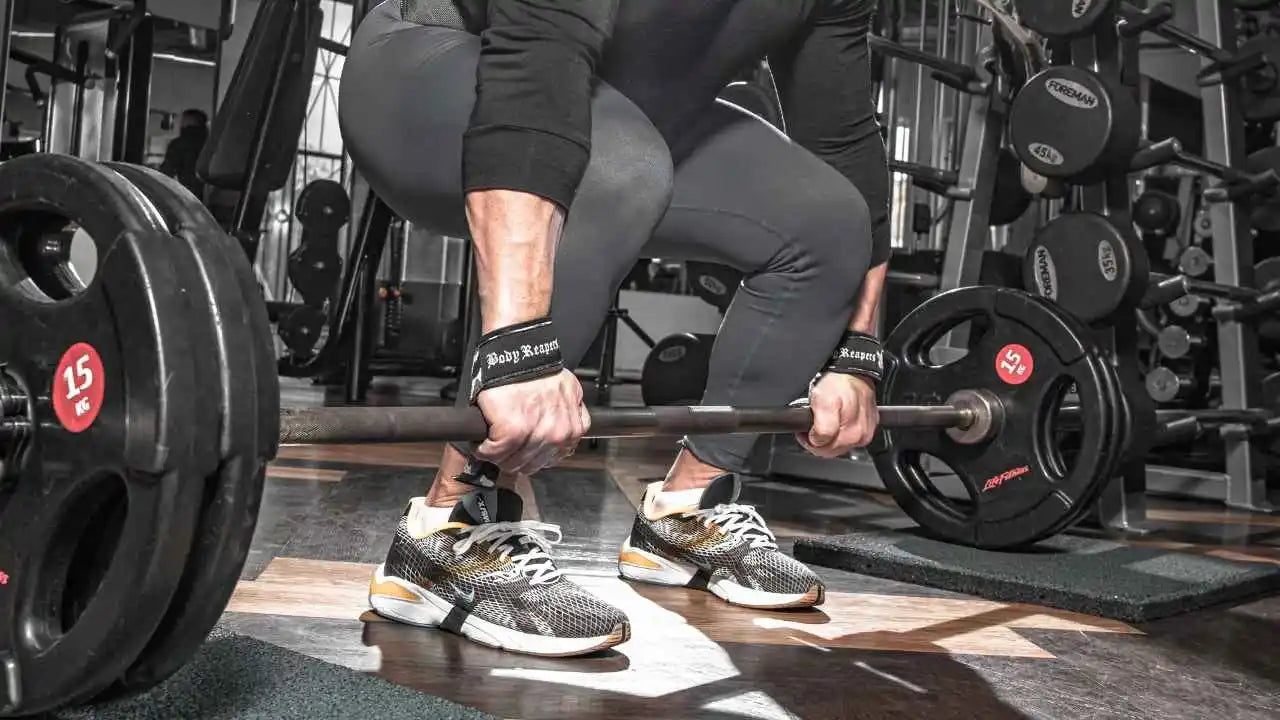
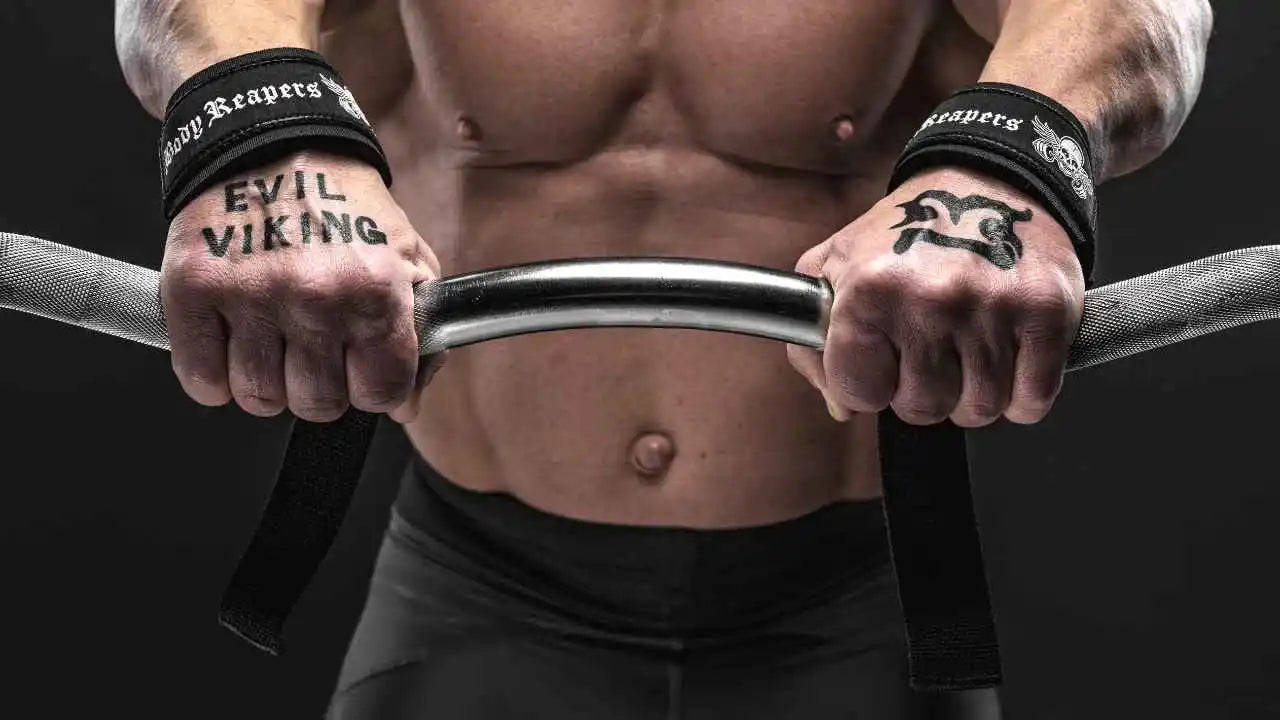
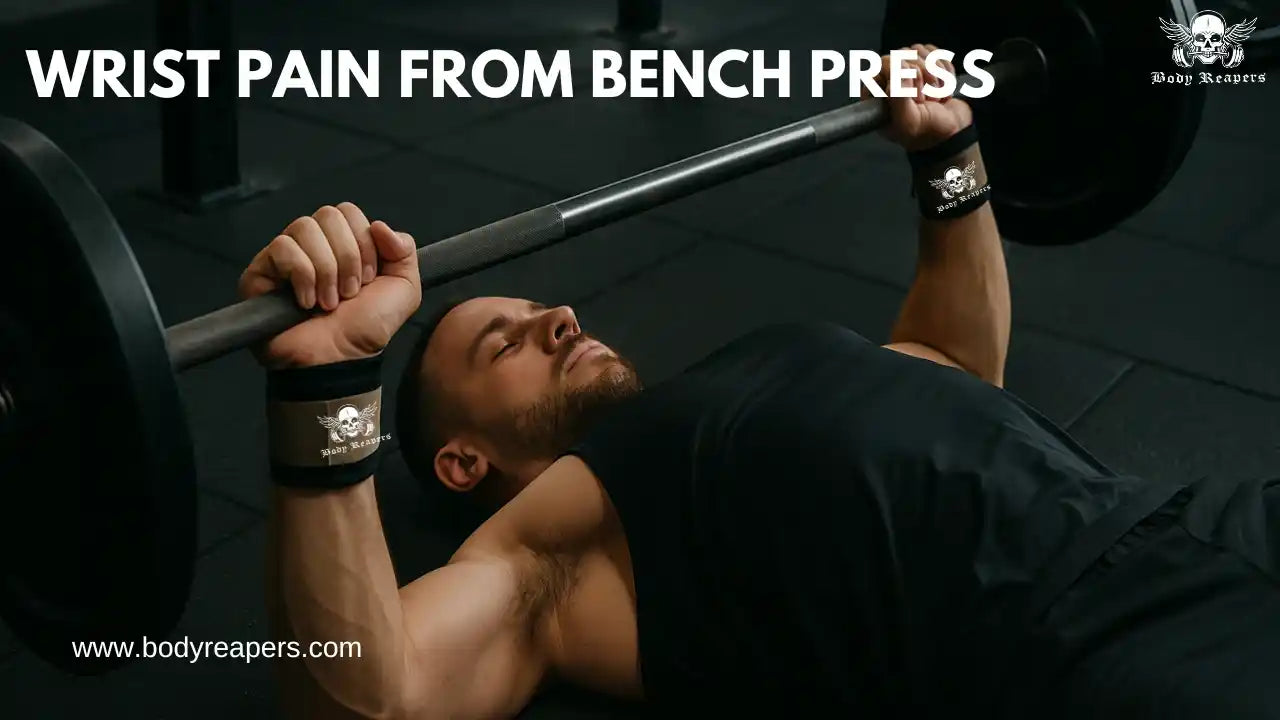
Leave a comment
This site is protected by hCaptcha and the hCaptcha Privacy Policy and Terms of Service apply.